- Cruise CEO Kyle Vogt has resigned.
- Vogt's resignation comes after the company withheld information about a crash from California state investigators.
- Cruise's license to operate in California was suspended, and the company has taken steps to improve safety.
Cruise CEO Resigns After Driverless Fleet Recall and Injury Accident
Cruise's CEO makes a timely resignation after a string of missteps
Kyle Vogt, CEO of GM-owned Cruise, an autonomous taxi service, resigned on November 19. In a thread on X (formerly Twitter), Vogt did not specify a reason for his resignation, saying that he was going to “spend time with [his] family” and “explore some new ideas.” The timing of the announcement, however, tells another story.
In October, a pedestrian was hit by a vehicle and thrown into the path of a Cruise taxi. The autonomous taxi then dragged the pedestrian more than 20 feet before stopping. Cruise withheld footage of that accident, and the California DMV cited it as the reason for the suspension of Cruise’s deployment and testing permits. Less than two weeks later, Cruise announced the suspension of all driverless operations “while we take time to examine our processes, systems, and tools and improve how we operate.” The brand also paused its supervised and manual autonomous vehicle (AV) operations.
What’s more, a report from The Intercept alleges further safety concerns at Cruise. Internal memos obtained by the outlet show that Cruise knew about two massive safety problems. First, the vehicles struggled to detect large holes in the road. Second, the car’s systems were so bad at recognizing children in some scenarios that they were at risk of hitting them. Speaking with The Intercept, Erik Moser, Cruise’s director of communications, said that the company’s taxis “always performed higher than a human benchmark.”
In the time since Cruise issued the statement from Cruise about the suspension of its driverless operations, it has hired new personnel to oversee safety, including a permanent chief safety officer who will report directly to the CEO. Other steps outlined in a statement by the brand include retaining a law firm to review the October pedestrian incident and a voluntary software recall filed with the NHTSA. “The recall addresses circumstances in which the Cruise collision detection subsystem may cause the Cruise AV to attempt to pull over out of traffic instead of remaining stationary when a pullover is not the desired post-collision response,” a company statement said.
What is next for Cruise depends much on when, and where, it will resume driverless operations. As of today, the company’s autonomous taxis aren’t back on the road, and even if they do resume operations, the California DMV has not reinstated Cruise’s permits. Meanwhile, Mo Elshenawy, the brand’s executive vice president of engineering at Cruise, will now serve as president and CTO.
Edmunds says
If autonomous vehicles are going to replace cars in any meaningful way, companies like Cruise have to be more transparent, in addition to being safer.
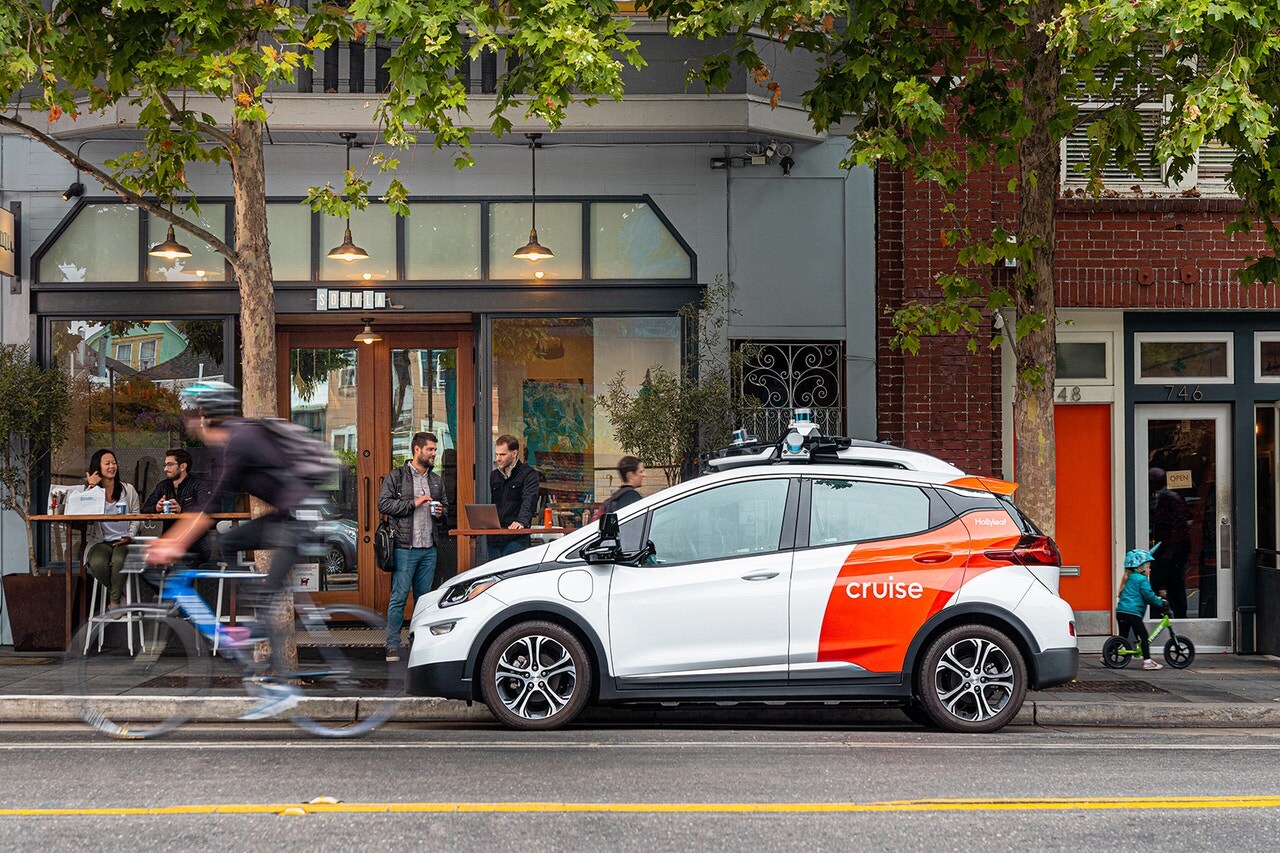
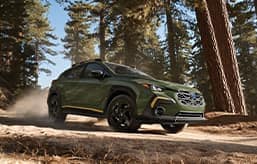
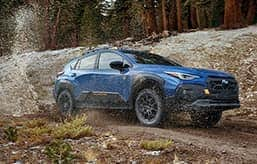
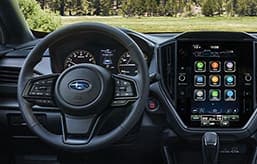

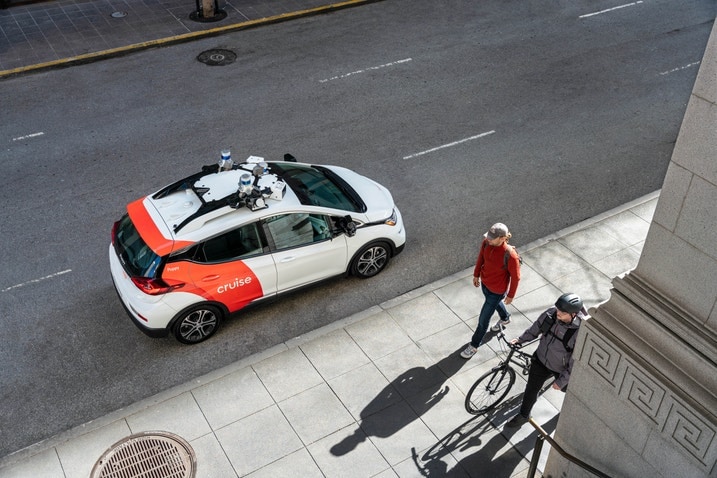
 by
by